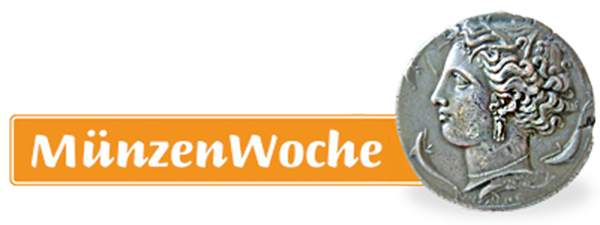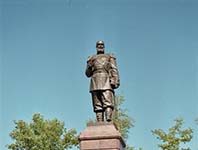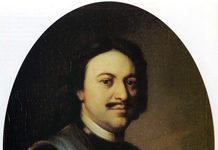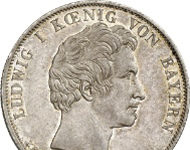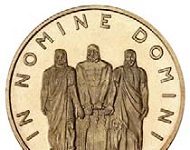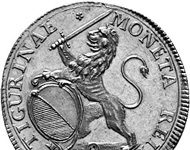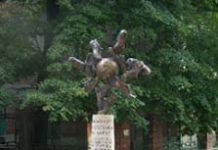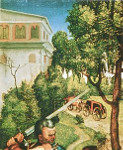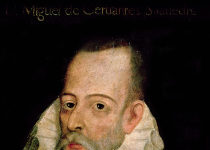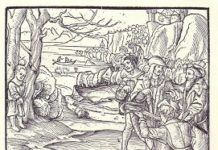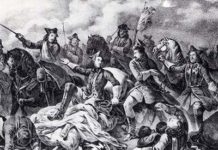Lake Baikal gold treasure
“Glorious Sea, the Sacred Baikal”, that is how the “Baikal hymn” written by Dimitrij Davydov starts. The lake is affectionately referred to as “Pearl of Siberia” since it is the world’s biggest freshwater reservoir. Lake Baikal is...
The Imperial Order of St. Andrew the Apostle the First-Called
On 4 October, 2014, auction house Künker will conduct its 10th sale of orders and decorations under #253 in Osnabrück. Part of the sale is a piece that breaks all records. The insignia of the Imperial Order of St. Andrew the Apostle the First-Called are estimated at 750,000 euros!
Splendor of a dynasty – the five family roubles of Tsar Nicholas I (1825-1855)
King Louis’ I “historic thaler” made impression in Russia and left it’s marks. Tsar Nicholas I struck similar coins with his family on the reverse. How this happened and why there are five different types you can read here...
Swiss gold coins for 25 and 50 francs – chapter 2: from circulation coin to coveted rarity and then...
Since 1955, the Swiss mint was striking coins on a large scale – and did not issue them after all. However, a small part of them became a wanted collectible. The rest was melted down. Read here, how it happened.
Introduction ‘The People of Zurich and their Money’ Part 2
Our occasional series ‘The People of Zurich and their Money’ will present one exciting chapter of Swiss numismatics and economic history at a time. The introduction provides an initial overview in two parts. This second section takes us from the Thirty Years War all the way to the present day.
A numismatic relic of the Miracle of Bern
On November 22, 2011, the auction house Rapp in Wil will auction off a numismatic relic of one remarkable event in the history of sports. On July 4, 1954 Lászlo Budai and the legendary “Mighty Magyars” won “only” silver...
The Design of the Circulation Euro Coins: Spain – 1, 2 and 5 Cent – Santiago de Compostela
The euro coins are a splendid means for all countries in the eurozone to convey their own self-conception. What does the pilgrimage to St. James mean to Spain? And what role did the Way of St. James play for European Christians of medieval times? Here you get the backdrop of the design of the Spanish 1, 2 and 5 cent coins.
The Design of the Circulation Euro Coins: Spain – 1 Cent – 10, 20 and 50 Cent – Miguel...
The euro coins are a splendid means for all countries in the eurozone to convey their own self-conception. Choosing Miguel de Cervantes, writer of Don Quixote as depiction of a coin is a masterstroke allowing the former global power Spain to give the best account of itself.
Swiss gold coins for 25 and 50 francs – Part 1: historical origin
In 1953, Swiss National Bank was obligated by law to exchange banknotes for gold. The consequences: The country needed an enormous amount of gold circulation coins. But it was a rocky road up to the coinage, as you can read here.
The Swedish Emergency Money of Freiherr von Görtz
Once upon a time, high in the North, there was a fairytale king – or almost, since only the beginning of his story sounds like a fairytale. Fighting all alone against overpowering enemies, Charles XII, the puerile King of Sweden, managed to ...


